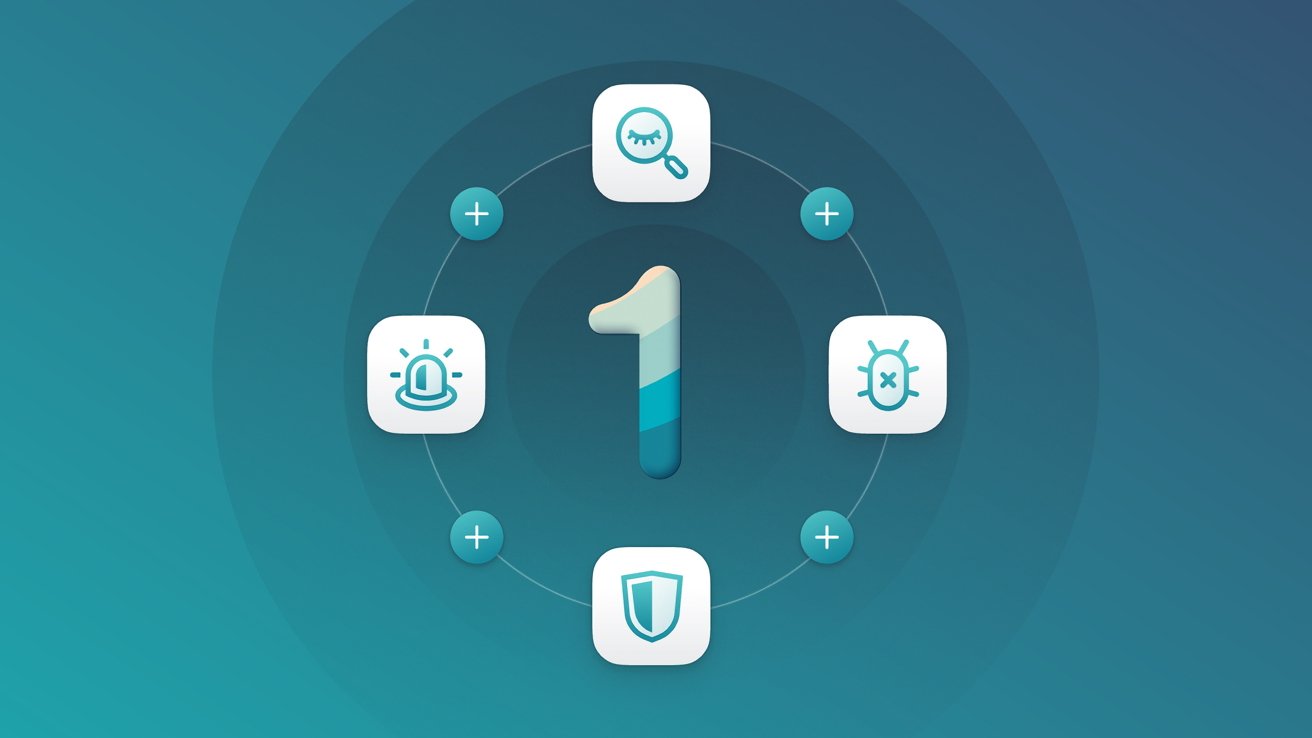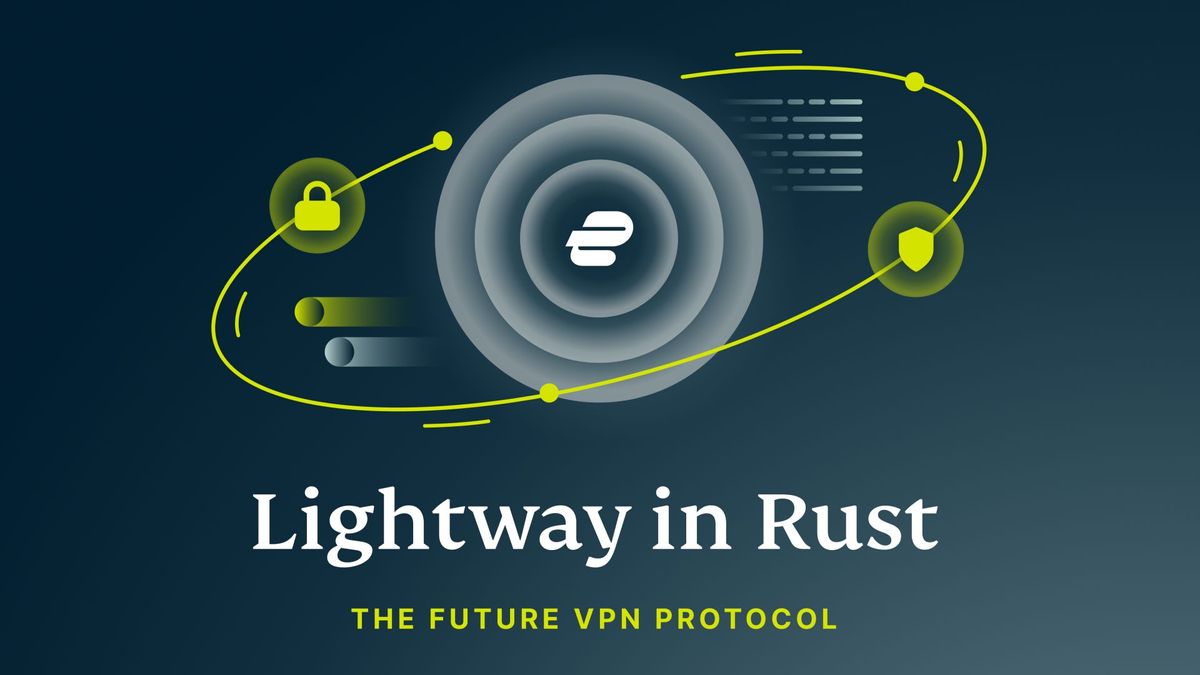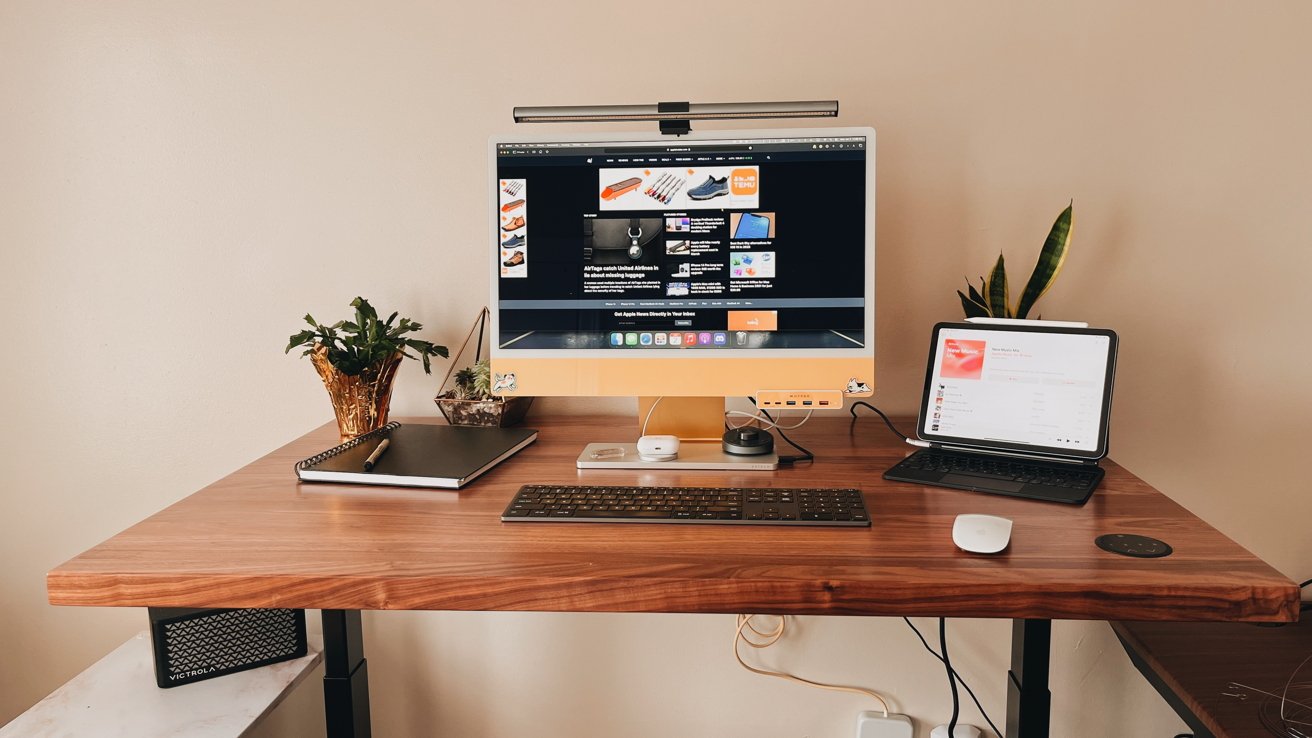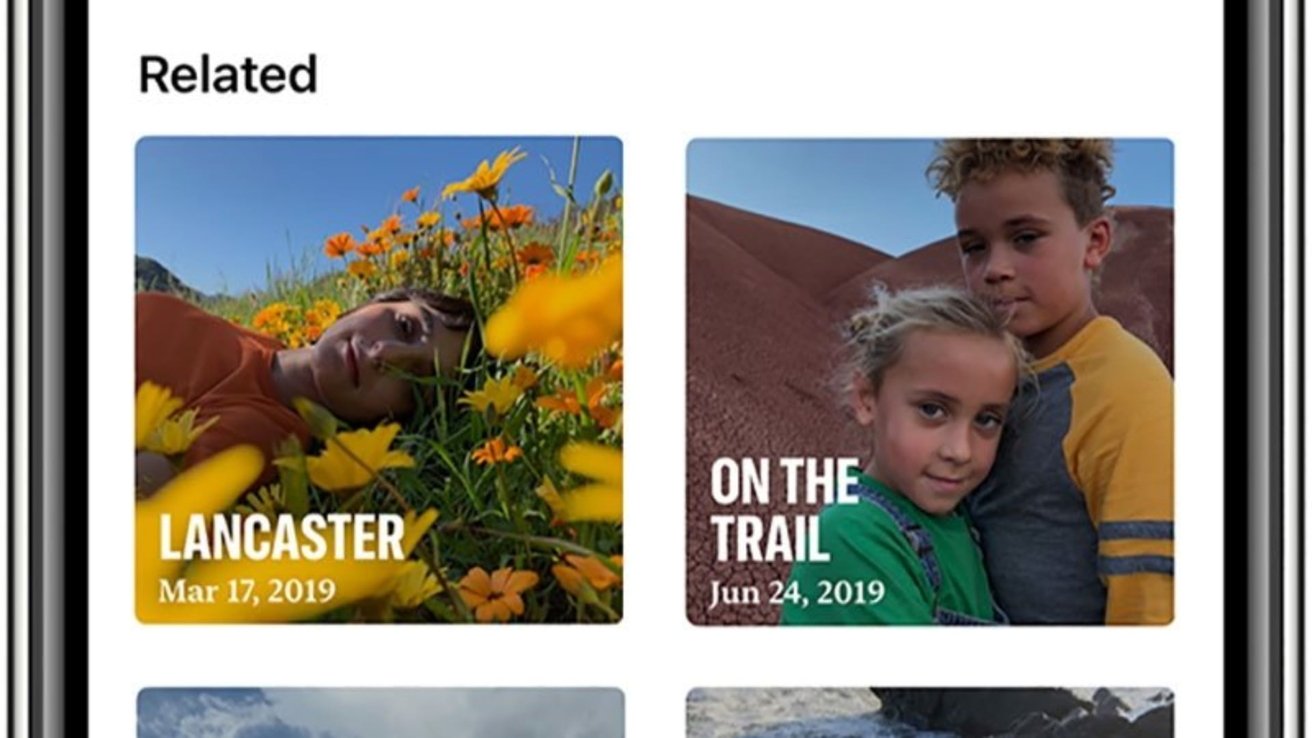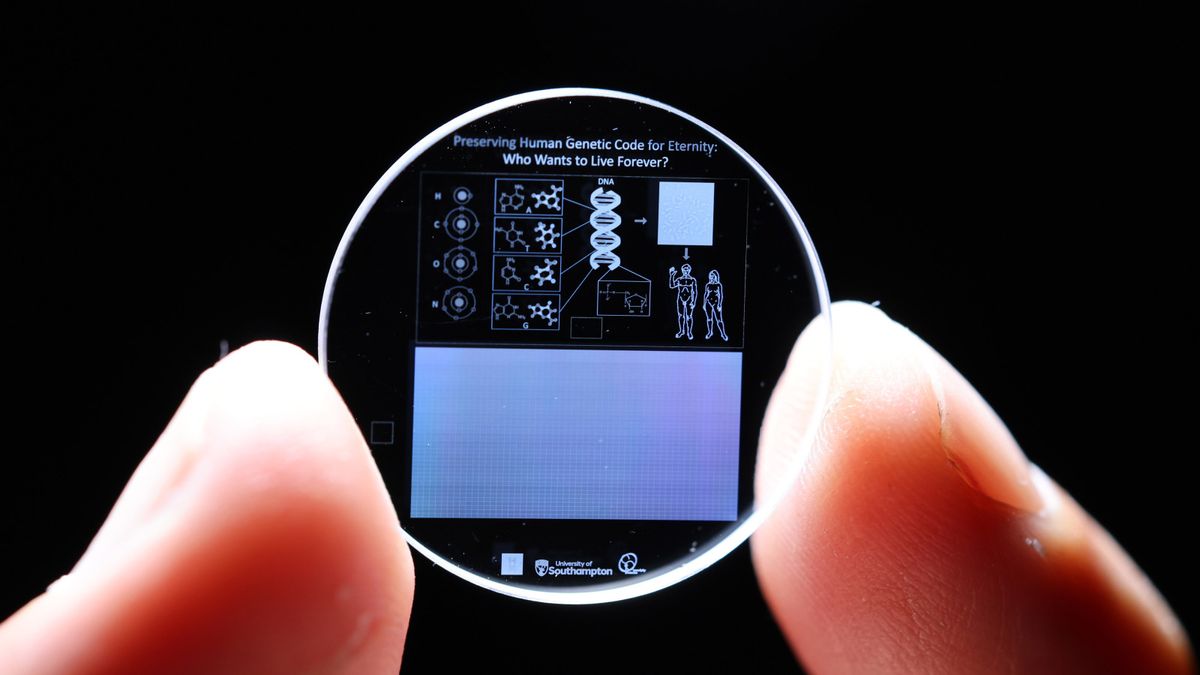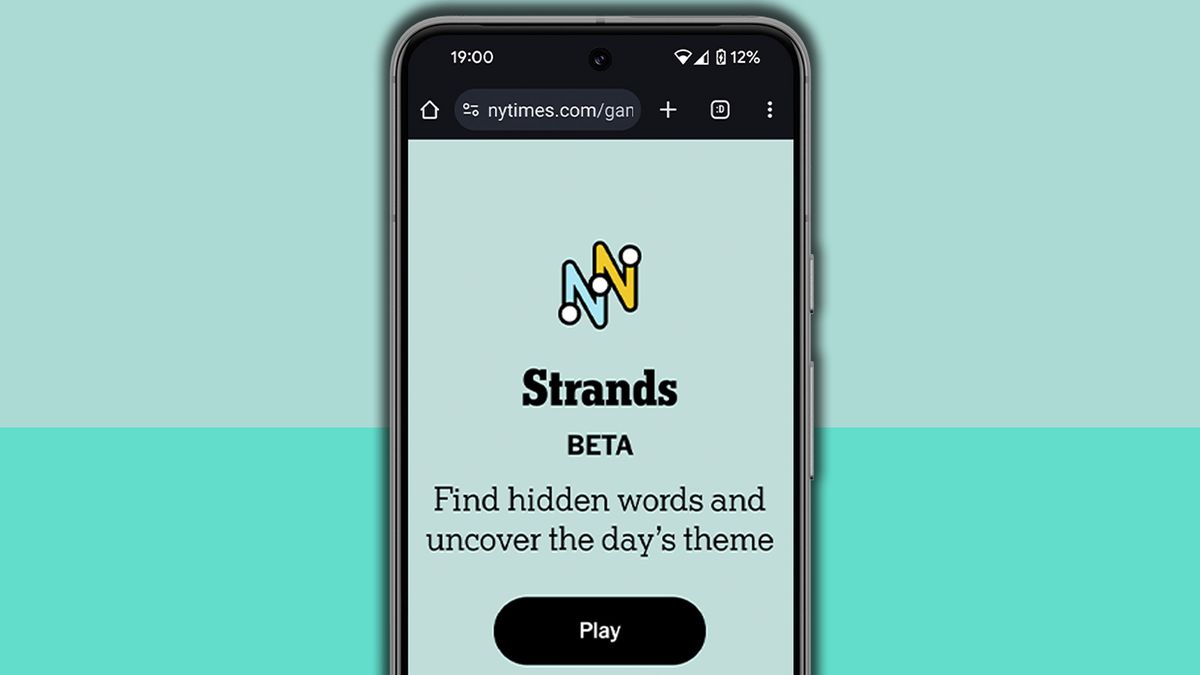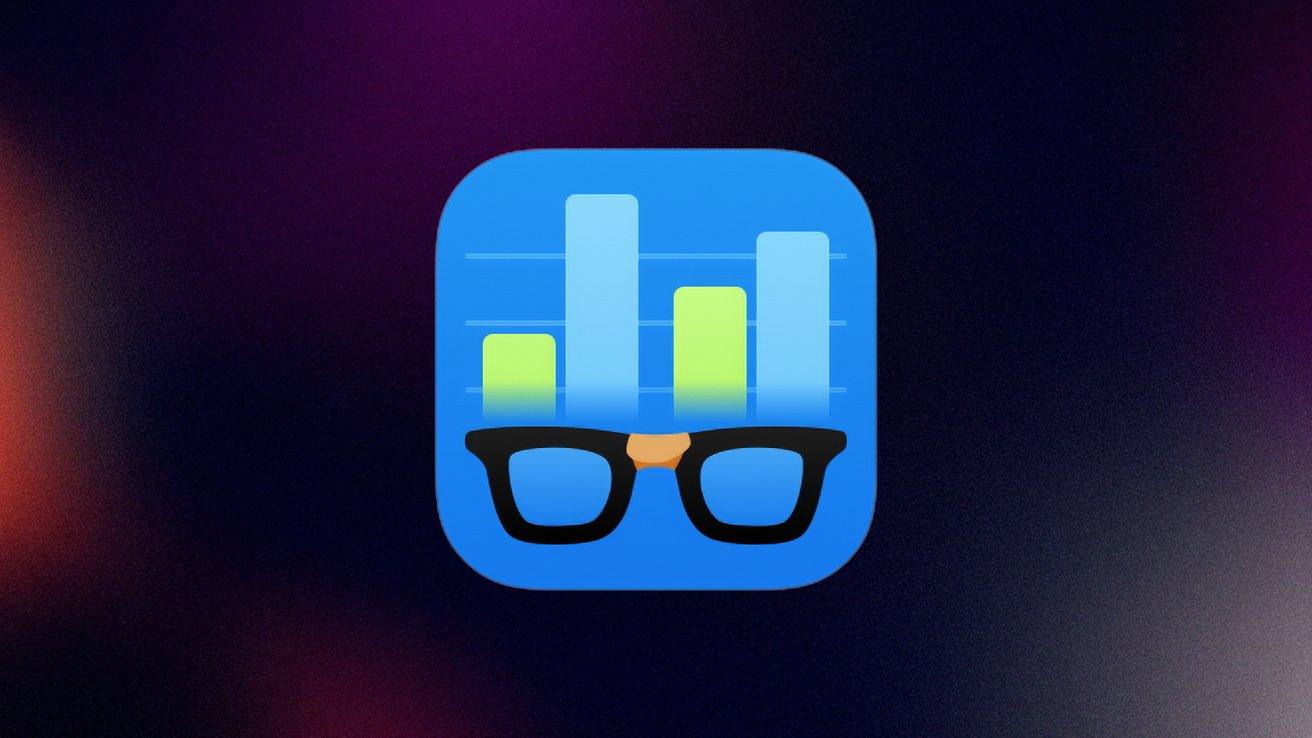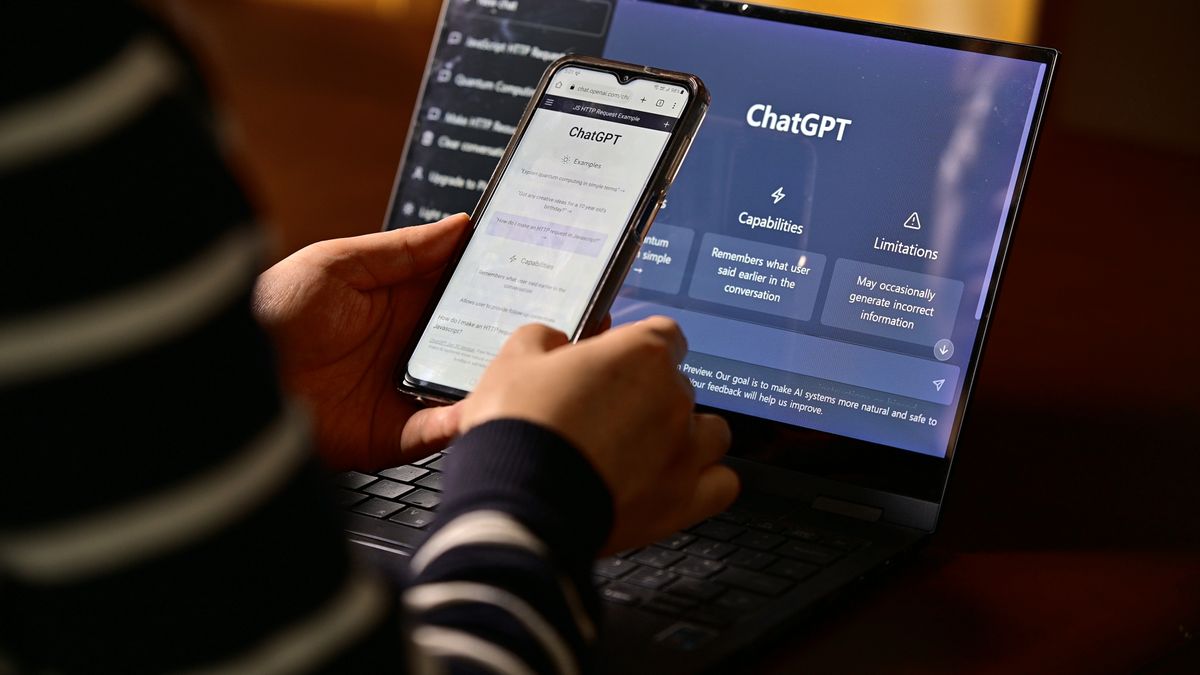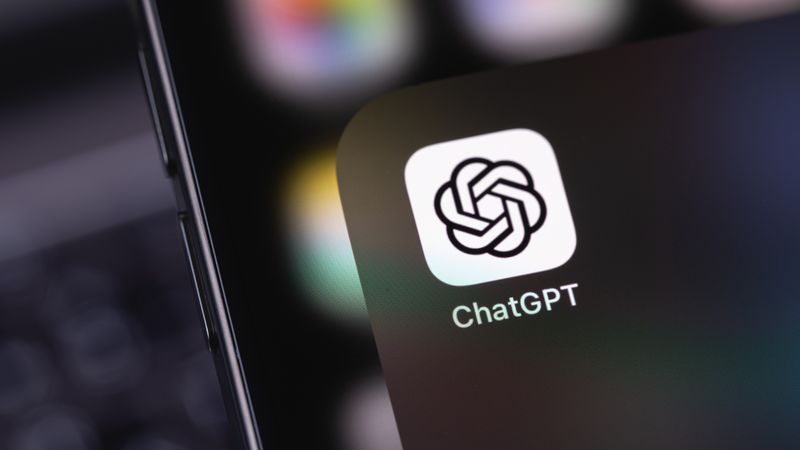Coffee shops often provide free Wi-Fi hotspots - Image Credit: Pexels/Nhi Lam. While a public Wi-Fi hotspot can be convenient, it may still be a security risk. Here's why you should use one of the best VPNs for Mac while on public Wi-Fi. Access to the Internet is crucial to modern life, to a level where it's very easy to get online wherever you are in a variety of ways. One common method is through public Wi-Fi hotspots, which are offered by businesses and municipalities as a convenience to customers and visitors.
You'd be hard-pressed to find a coffee shop that doesn't offer customers free Wi-Fi while they sip their drinks. Practically everyone with a smartphone and potentially the ability to tether their iPad or MacBook Pro has cellular access to the Internet wherever they go. But for many, those cellular plans often have bandwidth limits, so Wi-Fi hotspots provide a way to avoid chewing through a data allowance too quickly.
While extremely convenient to the average person, public Wi-Fi may not necessarily be as secure as their home network, or a corporate network provided by their employer. Just like the need to be vigilant and to practice good cyber hygiene on your normal data connection, you need to be especially protective of your data when using a public Wi-Fi hotspot. The simplest way is to use a Mac VPN or a VPN for your iPhone or iPad, at least while using that connection.
A primary reason for using a VPN is because a public Wi-Fi hotspot can be inherently insecure. In many cases, the public Wi-Fi access point is open to access without requiring a password, meaning that anyone within range can connect to it. This also applies to businesses that openly display the Wi-Fi name and password on a sign inside the store. It's effectively the same as setting the password to be off, but with one extra step that does little to enhance security.
That means you're sharing the same network as other people that you don't personally know, and therefore cannot trust. It's entirely possible that other users using the same hotspot are doing what they can to see if they can sniff Internet traffic on the connection. In many cases, there is some level of security on the public hotspot, with many providers offering public Wi-Fi packages to businesses including features to minimize this sort of activity. For example, the provider may have set up the hotspot so that guest users cannot see each other or other devices on the network at all.
The same cannot be said for people using more amateur efforts. It's not hard for someone to buy a Wi-Fi access point and set it up as a public hotspot, without configuring it to be that secure at all. In this latter case, it's possible for devices to see each other over the network. This is a highly insecure scenario, as it would be trivial for an attacker to listen in to your data. Even worse, an insecure hotspot could allow attackers to try and infect your device with malware.
Sticking with insecure hotspots and hacking for the moment, it's possible that the hotspot itself could be illegitimate. Namely one that has been set up by a hacker for the purpose of stealing data. This can come in the form of hotspots that have been purposefully set up to appear to be a legitimate public Wi-Fi hotspot, but are not. By tricking users to connect to the hotspot, the hotspot owner can have much more control over the connection, and have a much easier time snooping traffic coming from your devices.
This can also take the form of a man-in-the-middle attack, where an attacker uses an unsecured network to impersonate a legitimate hotspot, hoping that you'll connect to their hardware instead of the real thing. To the user, this could seem like a normal connection, as their traffic passes through the attacker's computer before reaching the legitimate hotspot, and vice versa. Again, this gives the attacker a prime opportunity to sniff packets of data and try to glean information from your web browsing.
These also give attackers the chance of doing other things as well. For example, they could manipulate webpages you visit to inject malware-laden ads into pages, increasing the chance of infecting your devices. They may even present network pop-ups, declaring that users have to sign in with their personal information to use the connection, as a simple form of data collection. They may even go as far as to demand payment, even if the connection is supposedly free, to steal credit or debit card details too.
Even if the connection is legitimate and not affected by an attacker, the hotspot may not necessarily be perfectly safe for your personal data. It's possible that, by using a free service like public Wi-Fi, the service provider could still be collecting information about your browsing habits. Much like other similar collection systems like cookies used by online marketers, this data can be compiled and sold to data brokers in the same way.


